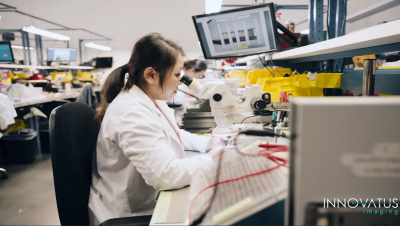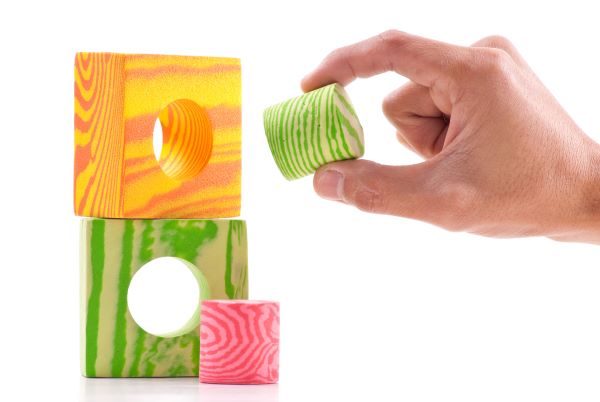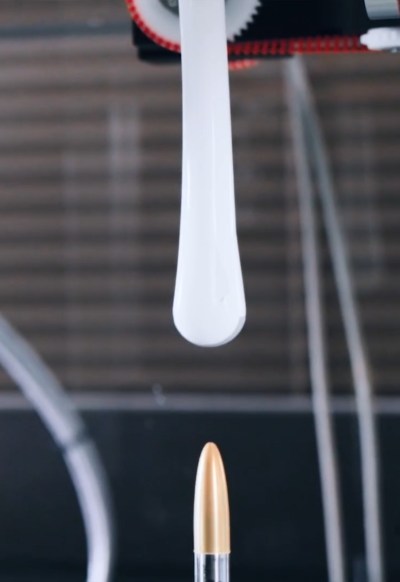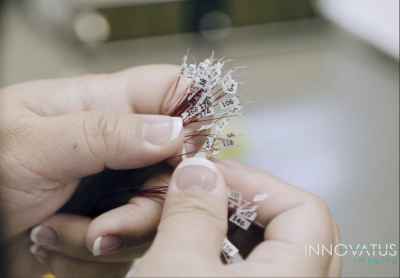by Matt Tomory, Vice President of Sales and Marketing
When a company documents its Quality Management Systems (QMS), it must clearly define what it’s doing (Processes) or what its Procedures are to achieve the promised outcomes. How a company’s staff are expected perform the procedures are referred to as Work Instructions. 3-critical aspects to maintaining consistent quality control are Processes, Procedures, and Work Instructions.
Recently I had the amusing experience of watching my 14-year-old son struggle with assembling a pool volleyball net. He opened the box, stared at the parts and guessed where they went and how they fit together. After watching him struggle, and keep undoing his mistakes, I resorted to asking the logical question, “Did you read the instructions?” His answer, “I don’t’ need instructions,” was the same response that my parents heard throughout my teenage years. Funny how that happens.
The process of guessing to see if you can outwit the instruction manuals may work around the house or garage. When it comes to sophisticated medical devices such as ultrasound probes and MRI coils, it is critical to follow consistently and methodically proven and repeatedly verified processes for every repair to ensure a repeatable outcome…Outcomes which are safe, effective, sustainable and performs as the manufacturer intended. Every time.
Let’s take a closer look at the above three distinct aspects of QMS documentation and how they matter for the outcomes you need.
Processes
A process is a series of steps designed to deliver required outputs. It has well defined inputs (or user requirements) and provides step by step activities which lead to the required outputs (or results). These steps and how they are executed are translated into key quality differences among repair providers for ultrasound probes and MRI coils. At Innovatus Imaging, we look at OEM form, fit and function and design specific inputs so the processes lead to an output consistent with OEM intended design and use.
Procedures
Procedures are what you do to follow the processes developed. Companies that succeed at game-changing procedures over the long-term are those that continually train employees, continually research new best practices and processes that achieve greater efficiencies and commit to regular and frequent training for employees to assure accurate and efficient execution of action items toward desired outcomes.
Work Instructions
Work Instructions explain in great detail how to correctly and accurately perform specific tasks within procedures that have been tested and researched to assure they adhere to best possible practices. This is the culmination of processes and procedures and also may contain checks and balances to ensure the proper outputs or results. Again, how these instructions align with proprietary research for exclusive procedures is what sets brands apart, and in our industry, delivers sustainable repairs. At Innovatus Imaging, our procedures and work instructions are rooted in our 40 years of pioneering new technology and processes for achieving higher levels of sustainability and affordability.

Putting It All Together
So how do these processes, procedures and work instructions get developed? What are the standards, techniques, tools, materials and training needed to perform these properly? Proper development entails a wide variety of skills, instruments, knowledge of standards / regulations and experienced personnel to ensure conformance to OEM design intent.
A perfect example is Acoustic Intensity Measurement Systems or AIMS. As an FDA registered manufacturer of ultrasound transducers and arrays, our engineers will quantify the performance of a transducer array to ensure similar performance when developing materials, processes and procedures ultimately leading to the work instructions for installation and testing.
Other instruments are our proprietary S.M.A.R.T (Specific Measurable Achievable Relevant Time-Bound) MRI coil test fixtures which emulate an actual MRI magnet to measure and test characteristics of unique coils to develop standards as well as assess performance.
Another example is related to replacing a wiring harness on an ultrasound probe. See the numbers on each of the micro-coaxial cables? Each cable MUST go from a unique pin within the ultrasound probe connector to the corresponding element on the transducer array as prescribed in the Work Instruction in order for the probe to perform as the OEM intended. If not, image degradation or artifacts will be the result which may adversely affect the outcome of the exam.
These are just a couple of examples of how and why Processes, Procedures, and Work Instructions are critical to restoring MRI coils and ultrasound transducers back to OEM form, fit and function. If you wish to see a short Technical Journey video on transducer manufacturing and repair, please visit https://www.innovatusimaging.com/technology-matters
Now excuse me while I go figure out how fix a volleyball net. If I get in trouble, guess what I need to do?



